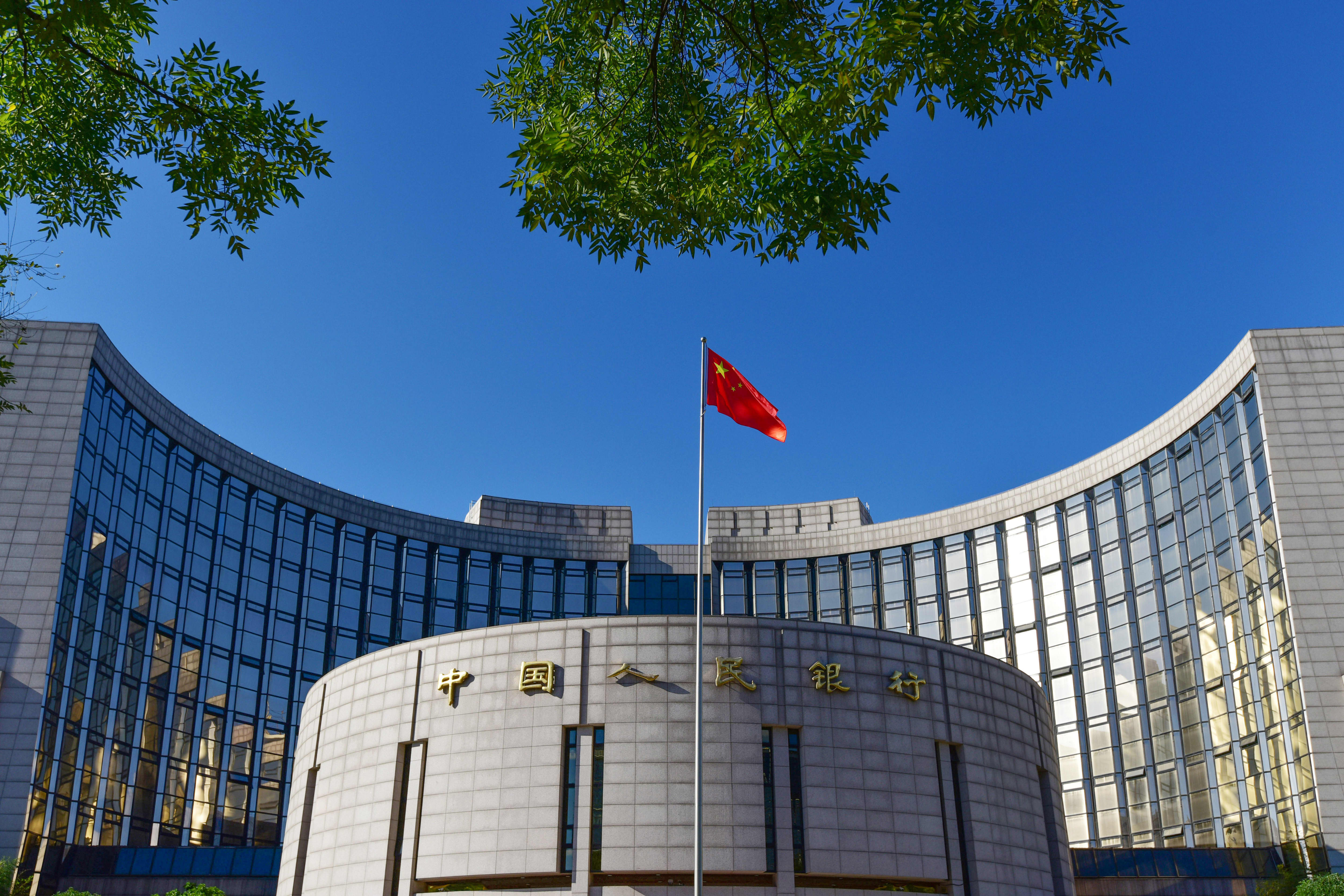China's central bank has slashed its five-year loan prime rate and its one-year rate in a bid to stimulate the struggling property sector and bolster the slowing economy, an official statement showed.
China cuts interest rates The five-year rate, which is a benchmark for mortgages, was cut by 10 basis points to 3.85% from 3.95%. The one-year rate was reduced to 3.35% from 3.45%, according to a statement by the People’s Bank of China (PBOC) released on Monday.
PBOC also said it would cut the seven-day reverse repo rate to 1.7% from 1.8%, and would also improve the mechanism of open market operations.
Crucial quote "We were expecting more policy support to come in July coinciding with the July politburo meeting. Inflation is 0.1%, the target is 3%. The gap is enormous. In fact, a lot more stimulus is still needed. I was expecting that PBOC would do something around the 7-day reverse, because they pivoted earlier last month to money market rates," said Carlos Casanova, Senior Economist for Asia, UBP, Hong Kong.
"So I think the decision...for banks to also cut the 1- and 5-year LPR exceeds my expectations. Today's announcement is bigger than what I was originally expecting," he added.
On Sunday, Beijing released a new policy document, which listed previously known goals involving the development of advanced industries and the betterment of business conditions. However, policy analysts found within the policy no plans for immediate structural changes to be implemented.
This policy document was the product of a closed-door meeting of the Communist Party's Central Committee that takes place around every five years. The meeting, held from July 15–18, known as a plenum, was spearheaded by China's President Xi Jinping.
"Renewed hope for more monetary policy support has heightened following the third plenum, which emphasized economic reform as a main focus of further comprehensive reforms. The third plenum also set a target to complete all these reforms within five years. This relatively short time frame indicates that China needs to do more to grow the pie further in order to build a high-standard socialist market economy," said Tommy Xie, Head of Greater China Research, OCBC, Singapore.
"The next key event to watch is reserve requirement ratio (RRR). With almost 1 trillion yuan in Medium-term Lending Facility (MLF) maturing in August and September, there is a window for the PBOC to replace some of this liquidity with more permanent injections via RRR cut," he added.
The Chinese economy expanded by 4.7% in the second quarter of 2024 ended June, falling short of the 5.1% growth forecast made in a Reuters poll and down 0.6% from the 5.3% growth recorded in the first quarter of the year.
China's gross domestic product (GDP) growth was negatively impacted by the slowdown in the country's property sector and job-related worries driving down local spending.
The East Asian state's exports increased by 8.6% year-on-year to $307.9 billion in June, showing a third successive rise due to a rebound in global manufacturing and front-loading of orders by China before expected tariff hikes by some of its major trading partners are imposed.
China's current trade surplus is equal to $99.1 billion, meaning that it is exporting more goods than importing.










